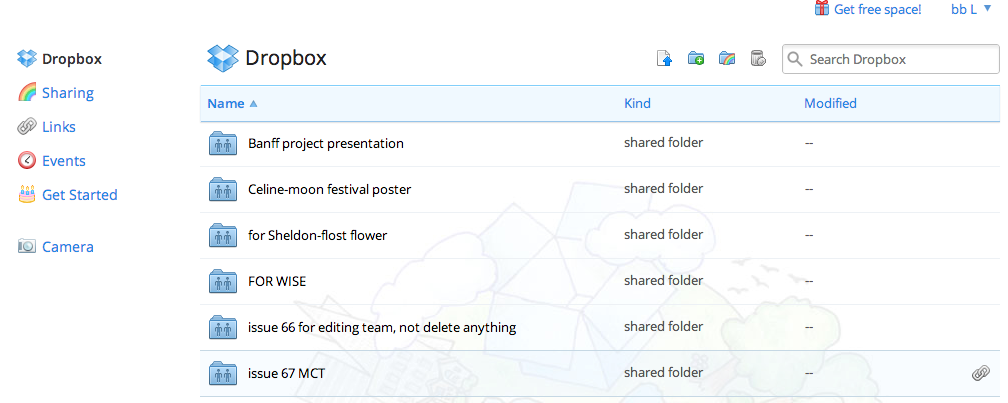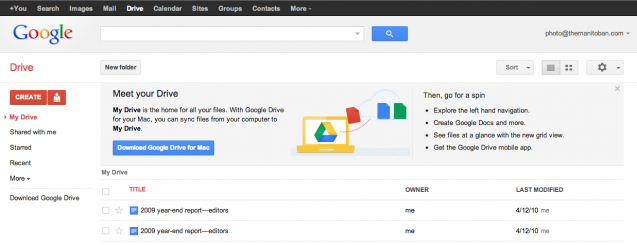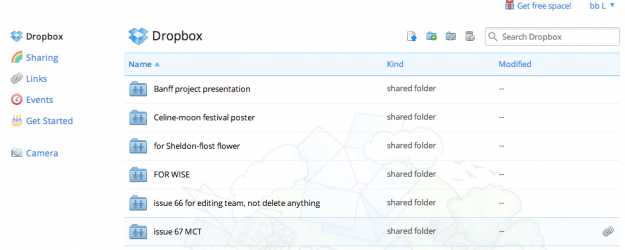If you aren’t using cloud-based software yet, this article will bring you up to speed on exactly what you’ve been missing.
What is “cloud-based software,” you ask? Cloud space is a term used to describe digital space that’s not on your computer but, rather, stored online – essentially any piece of software that allows you to store data on the Internet.
Cloud-based software does four major things for you that make it incomparable to its hardware alternatives (such as flash drives or DVDs). Cloud-based software gives you the ability to:
-Make backups of important files that won’t be lost if something happens to your PC
-Share any amount of data with anyone, anywhere
-Synchronize data between multiple machines
-Collaboratively work on one file with any number of contributors
Backups
There are many different kinds of cloud-based software, but as with all things involving the vast, unrestrained global network that is the Internet, you have to be careful which one you use. Uploading all of your important files to a website you’re not familiar with can be risky so it’s best to stick with ones which are reputable and widely known.
Many cloud-based websites also give you the option of paying by the month for additional space, though for small files such as word documents and photos you likely won’t need any more than the free accounts provide.
The one thing we all know about computers is that they tend to be terrifyingly unreliable at the times when you most need them to cooperate. That essay you just spent two solid weeks working on could disappear at the drop of a hat if your PC was to suffer any sort of virus or physical damage, or if the file was somehow accidentally deleted, as many of us have unfortunately learned the hard way.
Through use of cloud-based softwareyou can now make sure that all of your important files (say, assignments or resumes) will be protected and accessible no matter what. Whatever software you choose to use, you’ll be able to log in using any web browser on any computer and access those files. You no longer have to worry about keeping copies on your flash drive and updating them every time you save. Most cloud-based programs will put a folder inside your home folder. Saving your files here will automatically re-upload them every time you make a change.
Sharing
Withcloud-based softwareyou have the ability to share files with other people (and with yourself) without having to deal with the file size restrictions of email or the need to lend someone your flash drive.
If the software is not installed on the computer you’d like to access your files from (e.g., a school computer), you can still access the files via the software’s website. It’s important to know that while you will have access to your files from anywhere, other people will not unless you choose to make them public. You will be required to log in to the website in order to access all of your files. Making a file public allows you to share it with anyone – regardless of whether or not they have an account with the website you’ve chosen to use.
Synchronization
Synchronization comes into play if you’re working on two computers, say, one at home and one at work. Installing Dropbox on both computers with the same Dropbox account will allow you to simply place a file in your “Dropbox” folder on one computer, making it instantly available for use on both machines. The time a file takes to upload depends, of course, on the size of the file.
Synchronization is something that can also be accomplished with use of a flash drive, external hard drive, or even email; but all of those methods require much more effort in order to keep things organized and updated to the most recent version.
For example, if you have started editing your file on one computer and then, forgetting that, begin editing on a different computer, you’ll end up with two files which can only be combined by manually going through and figuring out what changes were made to each file. Cloud-based software prevents this from being an issue because no matter where you edit that file from, all versions of it are being instantly updated for you.
Collaboration
One of the most useful features of cloud-based softwareis the ability to share files within a group so that every member is able to view, edit, and download those files while keeping them constantly updated to the most recent version.
Sharing a folder like this will allow multiple people to make edits to the files contained within it, making this feature perfect for group projects or even sharing photos from trips and events. When everyone has finished making their changes to a file, it can even be accessed from anywhere by logging into any contributor’s account.
There are a ton of advantages to being “on the cloud.” Cloud-based softwareprovides an effective, foolproof way to backup your important files and synchronize folders between multiple computers. It enables you to share files more easily and allows for easy collaboration on files for group projects.
It only takes a few short minutes to install the software and get yourself set up for easier file transferring and sharing with a service provider that’s tried and true. Visit either www.dropbox.com ordrive.google.com today and try it out for yourself!







